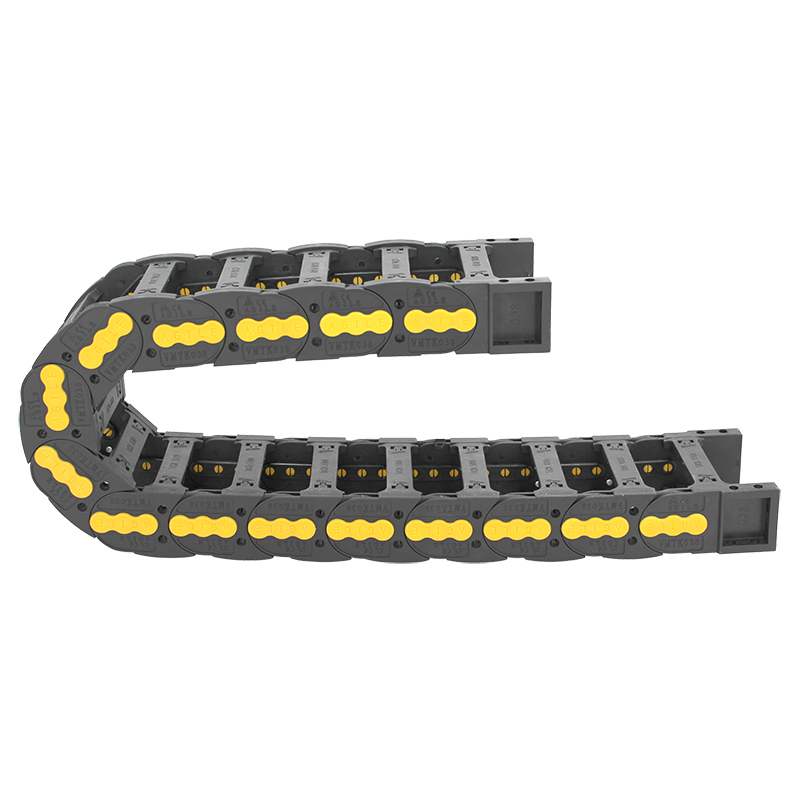Sheathed Corrugated Conduit for Enhanced Electrical Protection and Flexibility Solutions
Understanding Sheathed Corrugated Conduits A Comprehensive Overview
In the realm of electrical installations and protective solutions, the significance of conduits cannot be overstated. Among the various types of conduits available, sheathed corrugated conduits have garnered attention for their unique properties and versatile applications. This article delves into what sheathed corrugated conduits are, their advantages, applications, and installation considerations.
What is a Sheathed Corrugated Conduit?
Sheathed corrugated conduits are flexible tubing systems that protect electrical wires and cables from environmental hazards and mechanical damage. The corrugated design provides superior flexibility, allowing the conduit to navigate through tight spaces and convoluted paths that would otherwise be challenging to accomplish with rigid conduits.
The sheath, typically made from durable materials such as polyvinyl chloride (PVC) or thermoplastic elastomers, adds an extra layer of protection against moisture, chemicals, and physical impacts. The combination of the corrugated structure and the sheathing makes this conduit an excellent choice for numerous applications where traditional conduits may fall short.
Advantages of Sheathed Corrugated Conduits
1. Flexibility One of the standout benefits of sheathed corrugated conduits is their remarkable flexibility. This makes them particularly useful in situations that require bending and shaping to fit complex installations.
2. Durability The materials used in the manufacturing of sheathed corrugated conduits are chosen for their resilience. They can withstand harsh environmental conditions without succumbing to wear and tear, providing long-term protection for electrical wiring.
3. Lightweight Compared to metal conduits, sheathed corrugated conduits are lighter, making handling and installation more manageable. This can be especially advantageous in large-scale projects where numerous conduits are needed.
4. Cost-Effectiveness The combination of lightweight material and ease of installation leads to reduced labor costs and overall project expenses. Additionally, the longevity of these conduits means that replacement and maintenance costs can be minimized.
5. Chemical Resistance Sheathed corrugated conduits are often resistant to various chemicals, oil, and gasoline, which makes them suitable for use in industrial environments where such exposures are commonplace.
6. User-Friendly The installation process for sheathed corrugated conduits is typically straightforward and requires fewer specialized tools compared to other conduit types. This ease of use can contribute to a faster setup time.
Applications of Sheathed Corrugated Conduits
sheathed corrugated conduit

Given their advantageous properties, sheathed corrugated conduits find applications in a wide range of industries and settings
- Construction In residential and commercial building projects, these conduits protect electrical wiring from physical damage and environmental hazards.
- Automotive The automotive industry uses sheathed corrugated conduits to safeguard wires and cables from heat, vibrations, and exposure to various materials.
- Industrial Warehouses and manufacturing facilities utilize these conduits to protect electrical systems from chemicals and other hazardous substances.
- Telecommunications In telecom applications, sheathed corrugated conduits provide reliable protection for data and communication cables, ensuring uninterrupted service.
- Agriculture In agricultural settings, these conduits serve to safeguard electrical wiring from moisture and pests, contributing to the durability of the installations.
Installation Considerations
While sheathed corrugated conduits offer numerous benefits, there are important considerations during the installation process
1. Compatibility Ensure that the conduit is compatible with the specific wiring and environmental conditions of the installation site.
2. Bending Radius Be mindful of the conduit’s bending radius to prevent kinks or damage that could compromise the integrity of the installed wires.
3. Support While flexible, appropriate support structures should be in place to prevent sagging and to maintain the conduit in position.
4. Sealing In environments where moisture or chemicals are prevalent, sealing the conduit properly at joints and entry points is crucial to maintaining its protective properties.
In conclusion, sheathed corrugated conduits are an exceptional choice for a variety of electrical installations due to their flexibility, durability, and resistance to environmental hazards. Understanding the advantages and proper installation techniques can enhance the efficiency and safety of electrical systems across many industries. As technology advances and environments evolve, the relevance of these conduits will remain significant in the broader scope of electrical applications.








